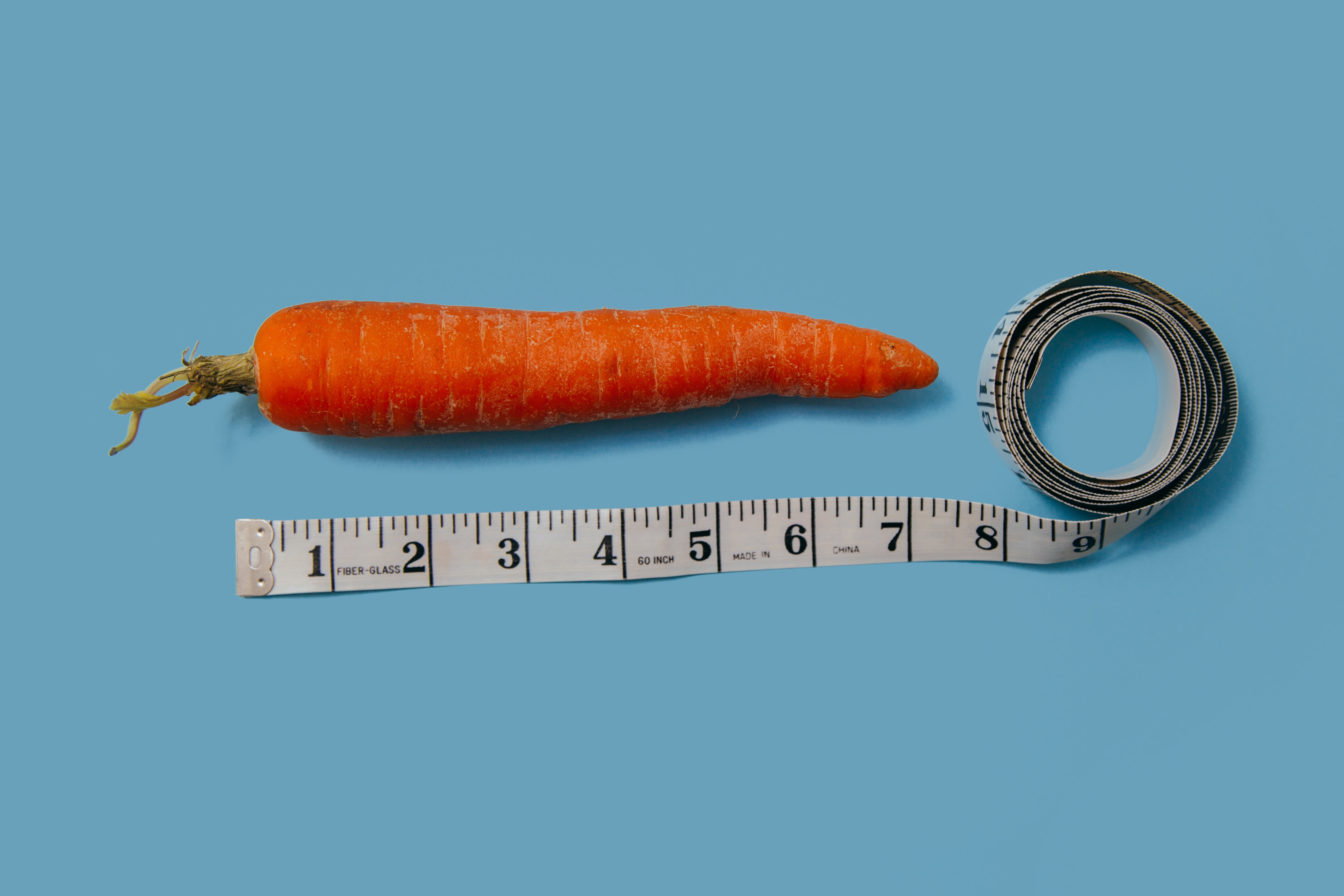27 April 2021 – The BioMonitor project has published a scientific paper, a dashboard, and a policy brief that show the development of the value added of the bioeconomy across 28 EU Member States and 16 industries using Input-Output statistics from 2005 to 2015.

Just like any other sector or industry, the bioeconomy cannot be monitored in a bubble. In it, one will find a complex network of resources, processes, and products. The BioMonitor project seeks to monitor and measure the sustainable development of the bioeconomy in a complete manner.
Colleagues from Wageningen University and Research (WUR) proposed in a paper an Input-Output approach to study the development of the national income share of the bioeconomy in 28 EU Member States (MS) and 16 industries, as identified by the project’s scope, from 2005 to 2015. Up- and downstream linkages were shown using Input-Output tables.
The novelty of their approach is four-fold:
- They extended the downstream effect part of bioeconomy definition by including the upstream effect, which they defined as part of the value added of the output flow (from partly bioeconomy-based industries to fully bioeconomy-based ones);
- They calculated each industry’s’ (defined by the International Standard Industrial Classificationof All Economic Activities (ISIC), Revision 4) bioeconomy value added shares;
- Following the BioMonitor project scope, they included the relevant industries of the economy following the EU sectorial definition of the bioeconomy. This enables them to have a robust measurement of the value-added shares of the bioeconomy;
- They applied the approach on data from 28 EU member countries from year 2005 to 2015 for a cross country measurement, a method that can be implemented on any Input—Output table with certain adjustments on industry definitions. This approach provides a universal measurement method which is lacking in the literature.
Results show, that for the majority of the MS, the value added of the up- and downstream sector is at the band of 40%–50% of the total bioeconomy value added and has on average increased since the financial crisis.
They wrote a BioMonitor policy brief, which serves as a more digestible version of their scientific publication. Moreover, they developed a dashboard on “Bioeconomic shares” in collaboration with the EC JRC. This serves as a complementary tool for the readers to give them moreis now made available at their DataM platform.
It provides more details on the EU bioeconomy at an industry level. Results are based on their measurement approach, while the source data is taken from the OECD Input-Output Tables data. The main results one can see in the dashboard are as follows: EU Bioeconomy value added, EU Bioeconomy shares, Upstream and Downstream value added. Moreover, maps, graphics, and figures have also been provided to better illustrate their paper’s main results.
Reference:
- Cingiz K., González-Hermoso H., Heijman W., Wesseler J.H.H., A Cross-Country Measurement of the EU Bioeconomy: An Input-Output Approach. Sustainability, Volume 13, March 2021
- Access the policy brief on “Measuring the size of EU bioeconomy by Input-Output
- Approach” Access the “Bioeconomic shares” dashboard
Source
Share
Renewable Carbon News – Daily Newsletter
Subscribe to our daily email newsletter – the world's leading newsletter on renewable materials and chemicals










